Recently, red light therapy is very hot inside the circle of health, I am also very interested in this, listening to my friends around the home equipment they purchased, such as Medical-grade red light therapy devices full body, it is very convenient to use at home, so I decided to delve deeper into the study, I purchased the therapy device, often in the exercise are using it, and the feeling is very good.
What Is Red Light Therapy?
Red light therapy is a treatment that may help skin, muscle tissue, and other parts of your body heal. It uses low levels of red light to target your skin and cells. It is thought to work by increasing the production of mitochondria, your cells' energy sources. This may improve cell function and repair.
Red light therapy is also sometimes called low-level laser therapy, low-power laser therapy, low-power laser, or photobiomodulation.
Benefits That Made Me Take Notice
Skin Rejuvenation
What initially caught my attention was RLT's potential for skin health. Research suggests it can:
- Boost collagen production (hello, natural anti-aging!)
- Improve skin texture and tone
- Reduce fine lines and wrinkles
- Help with skin conditions like acne, eczema, and psoriasis
- Speed up wound healing
I was particularly impressed by a year-long study where participants had three weekly sessions of red light therapy. The results showed significant improvements in skin issues related to sun damage and aging. Another study from 2019 found that daily at-home treatments could improve early signs of aging – exactly what many of us are looking for!
What Are the Benefits of Red Light Therapy?
Research on the benefits of red light therapy is ongoing. While more research needs to be done, there is some evidence that it may be useful for several health and beauty concerns.
Red light therapy for dementia
I researched red light therapy devices and looked for a lot of information and found that a study in the very early 2021 showed that red light therapy was very useful for people with dementia, as well as improving memory and being good for sleep quality. But one thing is that this study is relatively small in scale and lacks for large scale trials.
Red light therapy for pain
A number of authoritative studies online suggest that red light therapy may help relieve certain types of pain, especially pain caused by inflammation (irritation and swelling of body tissues). A review of 11 studies on the effects of red light therapy on pain found positive results in most of the studies, but the study authors said more research was needed. Another small study showed that patients with temporomandibular joint dysfunction (TMD) experienced a reduction in pain, popping and jaw pressure after red light therapy.
Red light therapy for arthritis
We have inquired about a study by a professional organization that found that red light therapy may help provide short-term relief of pain and morning stiffness in patients with rheumatoid arthritis. However, it does not seem to work well for other types of arthritis, such as osteoarthritis.
Red light therapy for tendinopathy
Tendinopathy is a condition that causes pain and loss of function in your tendons. A review of 17 clinical trials studying the impact of red light on treating tendinopathy found low-to-moderate quality evidence indicating that red light can help relieve pain or improve function.
Red light therapy for hair loss
A review of multiple studies found that red light therapy can be an effective treatment for androgenic alopecia, a genetic disorder that causes hair loss. Another review of 11 studies found similar promising results. In some studies, hair thickness improved as well as hair growth.
Red light therapy for skin
Research shows red light therapy may smooth your skin and help with wrinkles. Researchers think it does this by stimulating collagen production, which helps improve skin elasticity. Research shows it also helps improve signs of sun damage.
Red light therapy for acne
Research has found that red light therapy can be effective for acne treatment. This may have to do with its ability to help reduce inflammation. In addition to helping with active acne lesions, red light lasers may also help treat old acne scars.
Red light therapy for weight loss
Some providers use red light therapy as a weight loss treatment. This is often called body contouring, or body sculpting. Red light therapy may help reduce the circumference of your body in the area that was treated, but the effect will likely be temporary and not due to any real weight loss.
How Does At-Home Red Light Therapy Actually Work?
The beauty of LED light therapy is its simplicity. Unlike invasive procedures that require recovery time, red light therapy is painless and straightforward to do at home.
When red light penetrates your skin, it works on cells called fibroblasts, which are responsible for producing collagen – that magical protein that keeps our skin plump and elastic. The light gets absorbed by these cells, converted into energy, and used to stimulate collagen and elastin production.
Think of it as giving your skin's natural repair processes a jumpstart. The light increases oxygenation and improves blood circulation, which helps smooth skin texture over time.
Using infrared light (which has slightly longer wavelengths) can penetrate even deeper, reaching muscles and nerves to help with pain relief and inflammation reduction.
My Take on At-Home vs. Professional Treatments
One major advantage of home devices is convenience – no appointments, no travel time, and no per-session costs. You can create your own relaxing ritual around it, maybe with some essential oils diffusing and chill music playing in the background.
However, there's a trade-off. Most at-home devices aren't as powerful as professional-grade equipment. As one dermatologist pointed out, "If you're using something like a wand with very few lights, and you're moving it across your skin, the odds of getting the right power, treatment time and beam angle are pretty low compared to what we see in the office."
This doesn't mean home devices don't work – they absolutely can! But you might need more patience and consistency to see results similar to professional treatments.
Choosing a Device That Actually Works
After researching dozens of products, I've learned that not all red light therapy devices are created equal. Here's what I'd look for when shopping:
- Wavelength matters: Look for devices in the 600-900 nanometer range, with the sweet spot being around 630-850nm
- FDA-listed or cleared: This tells you the device has met safety standards
- Ease of use: Consider whether you want a handheld wand (more affordable but requires manual operation) or a mask/panel (more coverage but typically pricier)
- Power and coverage: Larger panels generally provide more consistent coverage than small handheld devices
One expert tip I found helpful: the device should be touching or nearly touching your skin to ensure maximum light absorption. This makes full-face masks or panels more effective than handheld wands that you might not position consistently.We also recommend checking out our portable red light therapy devices
Mistakes I've Learned to Avoid
Through my research, I've discovered several common errors people make with at-home red light therapy:
- Inconsistent use: Results come from regular sessions (3-5 times weekly), not occasional treatments
- Blocking light with clothing, makeup, or sunscreen: These create barriers that prevent optimal light penetration
- Marathon sessions: Longer isn't better! Following the recommended treatment time (usually 10-20 minutes) is more effective than hour-long sessions
Is It Safe? Side Effects to Consider
From everything I've read, red light therapy is generally safe for most people when used correctly. The risks are minimal compared to more invasive treatments.
However, a few cautions:
- Always protect your eyes (many devices come with goggles)
- Those with sensitive skin or light sensitivity should consult a doctor first
- It might worsen melasma or hyperpigmentation in some skin types
- Using beyond recommended times could potentially cause skin irritation
Real Questions, Real Answers
How long until I see results?
From what I've gathered, timeframes vary based on what you're treating:
- Acne improvement: 1-2 weeks with consistent use
- Anti-aging benefits: 6-12 weeks for noticeable changes
- Pain relief: Sometimes immediate, but chronic conditions need weeks of regular use
Patience is definitely key here!
Can anyone use red light therapy?
Most healthy adults can safely use RLT, but I'd recommend checking with your doctor if you:
- Are pregnant
- Have a photosensitive condition
- Take medications that increase light sensitivity
- Have melasma or severe hyperpigmentation
How often should I use my device?
For skin concerns, most experts recommend 5-10 minute sessions, 3-5 times weekly. For pain relief, daily sessions of 10-20 minutes seem beneficial. Always follow your specific device's guidelines, though!
My Bottom Line
After our in-depth research, we believe that home red light therapy can help your skin and relieve body aches and pains, and because of the ease of use, you can also use it at home, but a little bit of a caveat is that when choosing a red light therapy device, you need to choose an FDA-approved device. If you have any questions, you can let us know in the comments section.


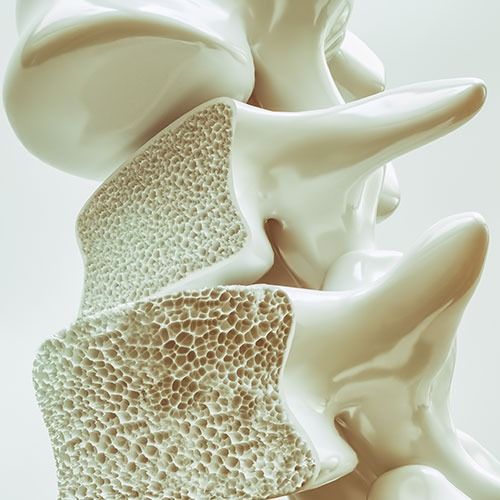
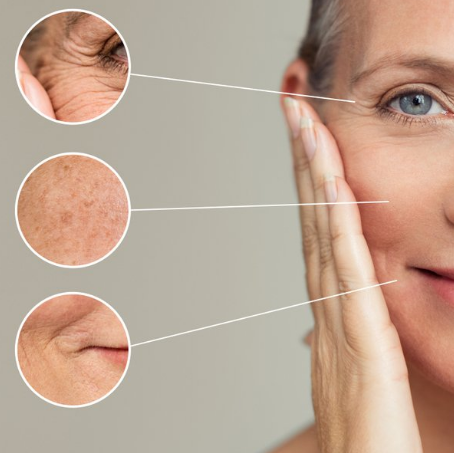
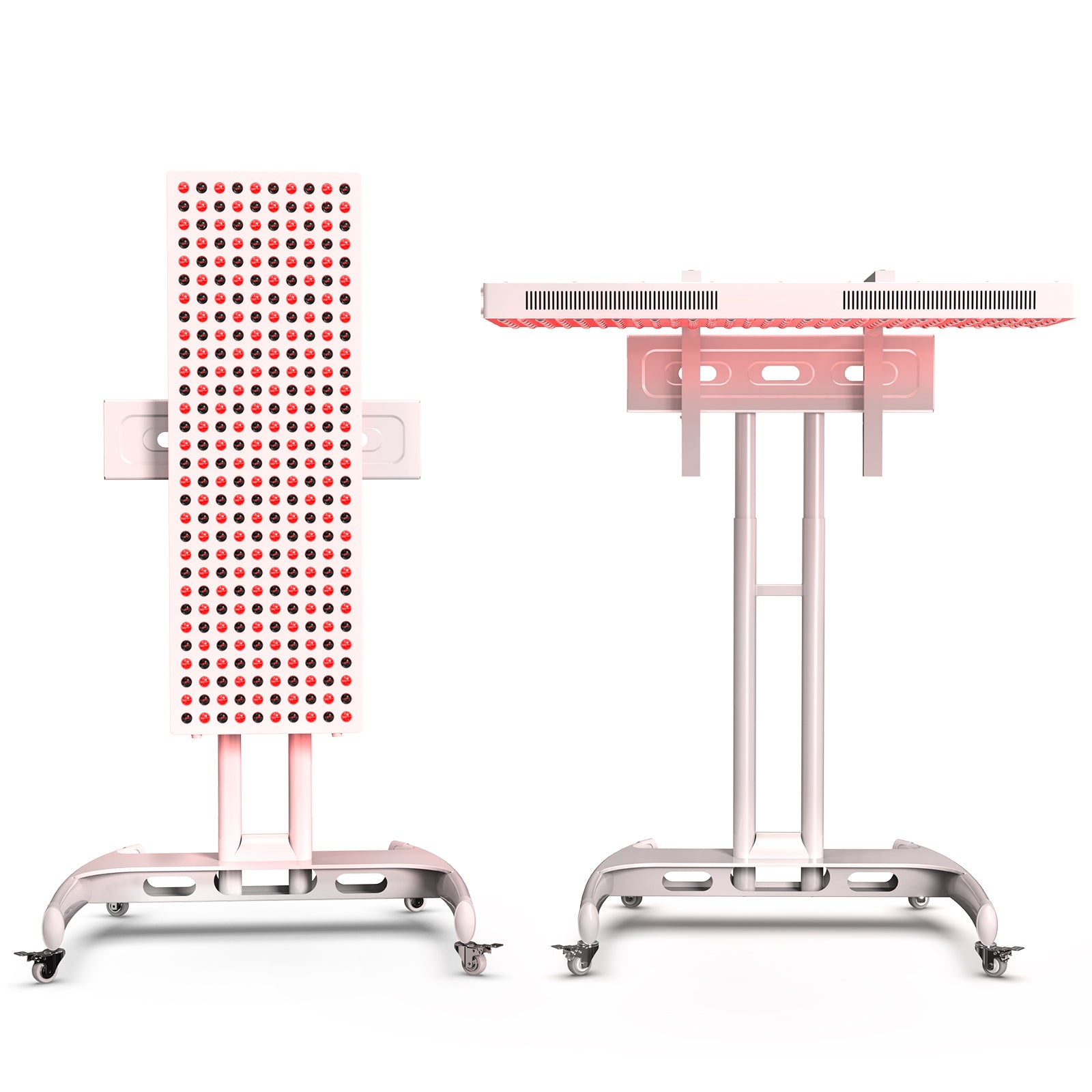
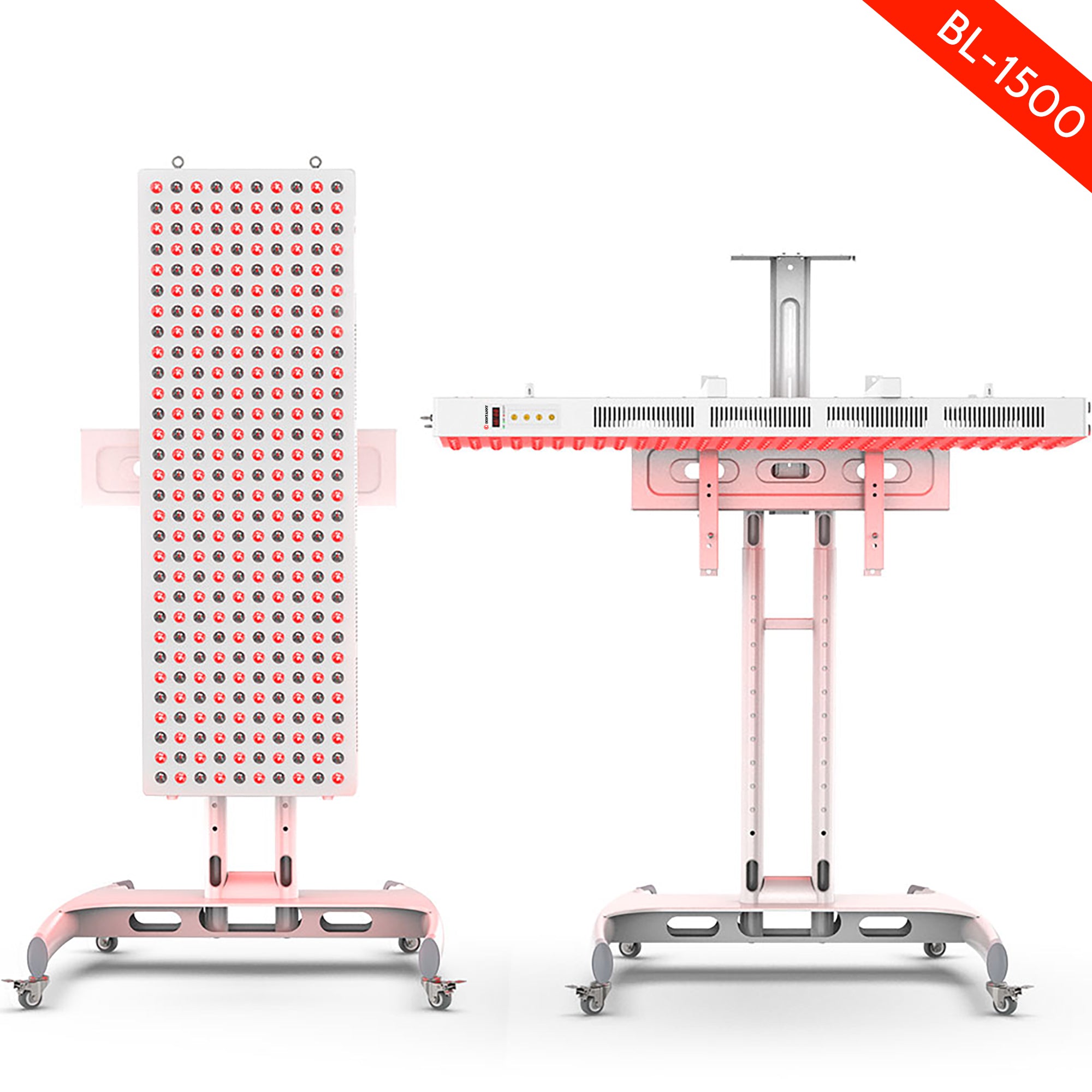
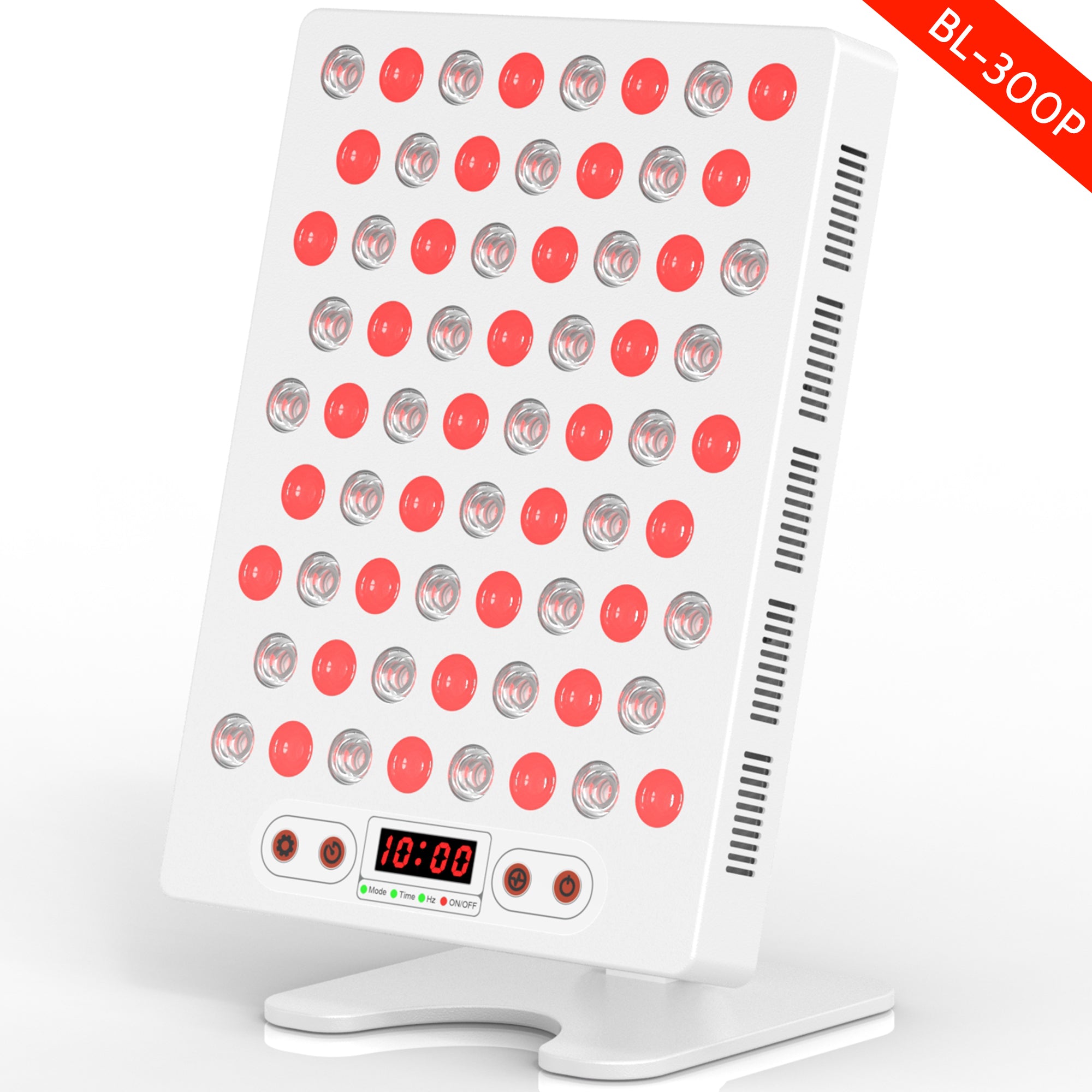
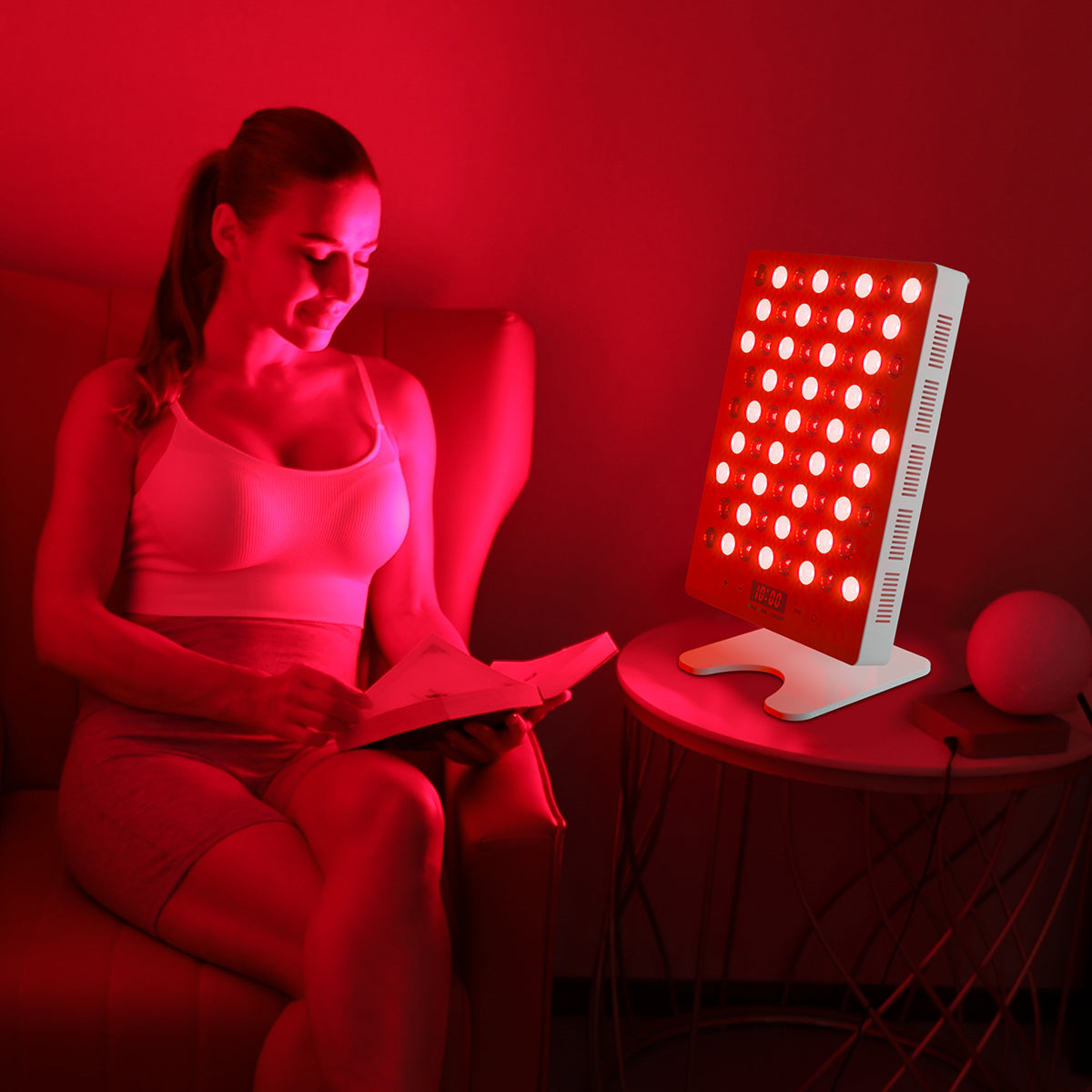
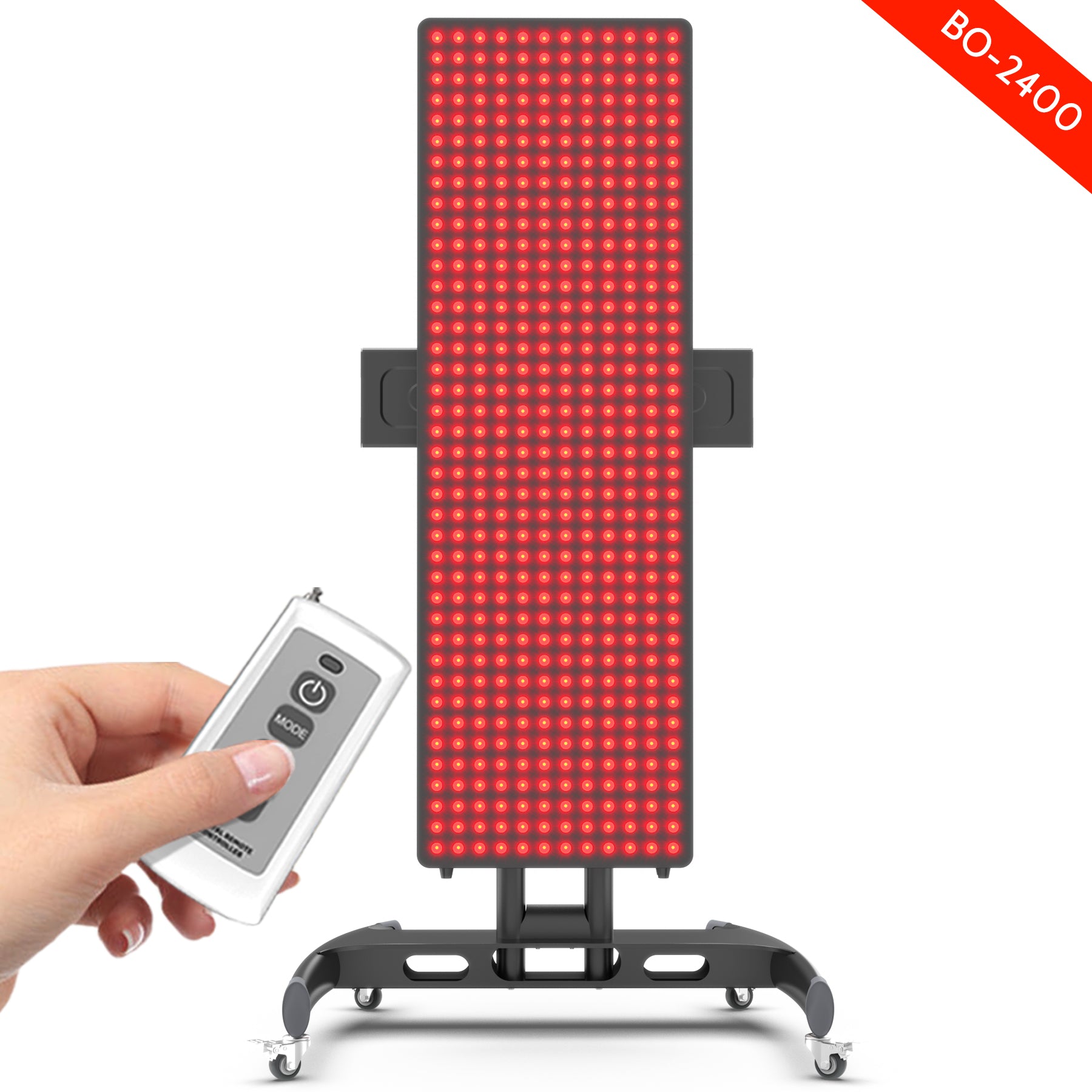

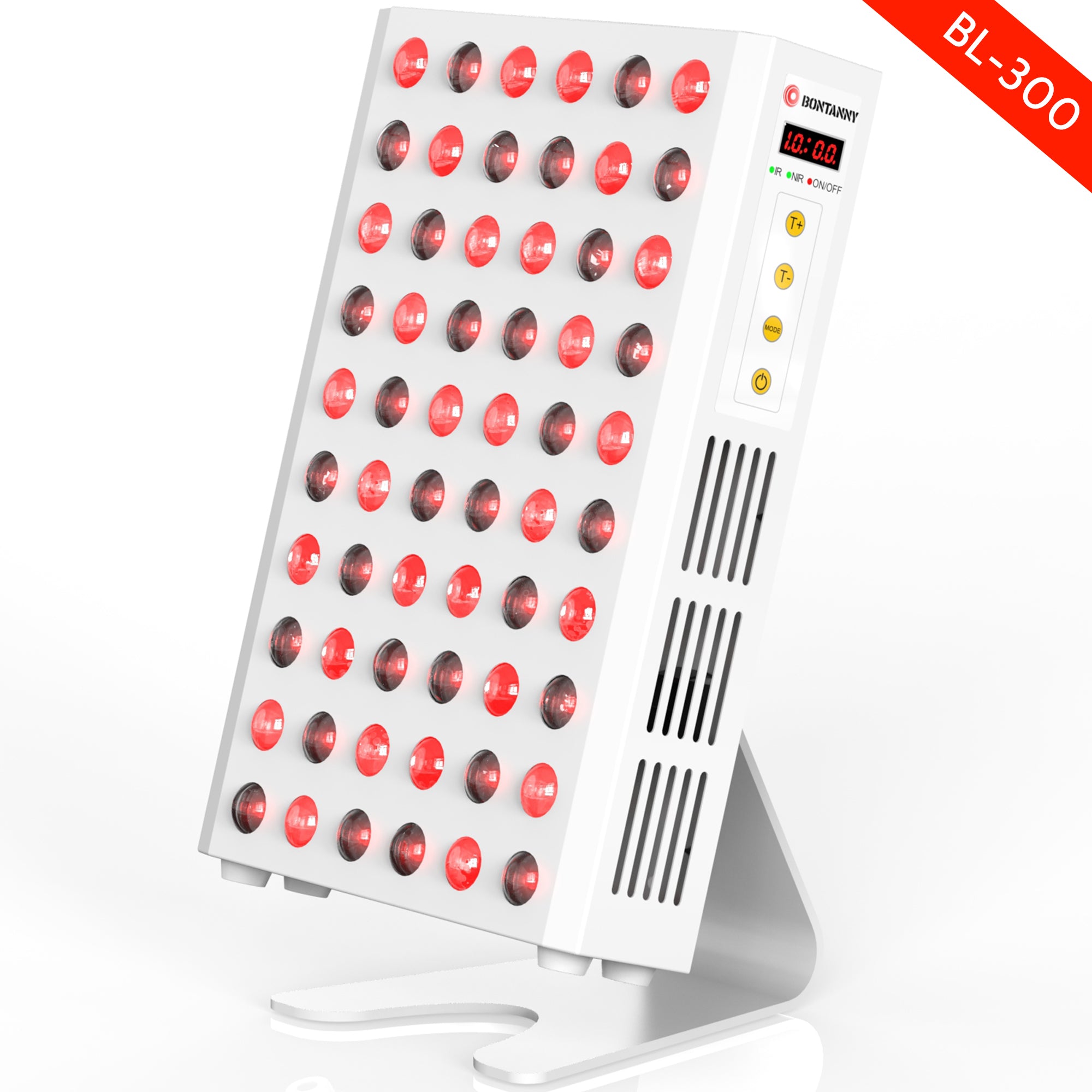
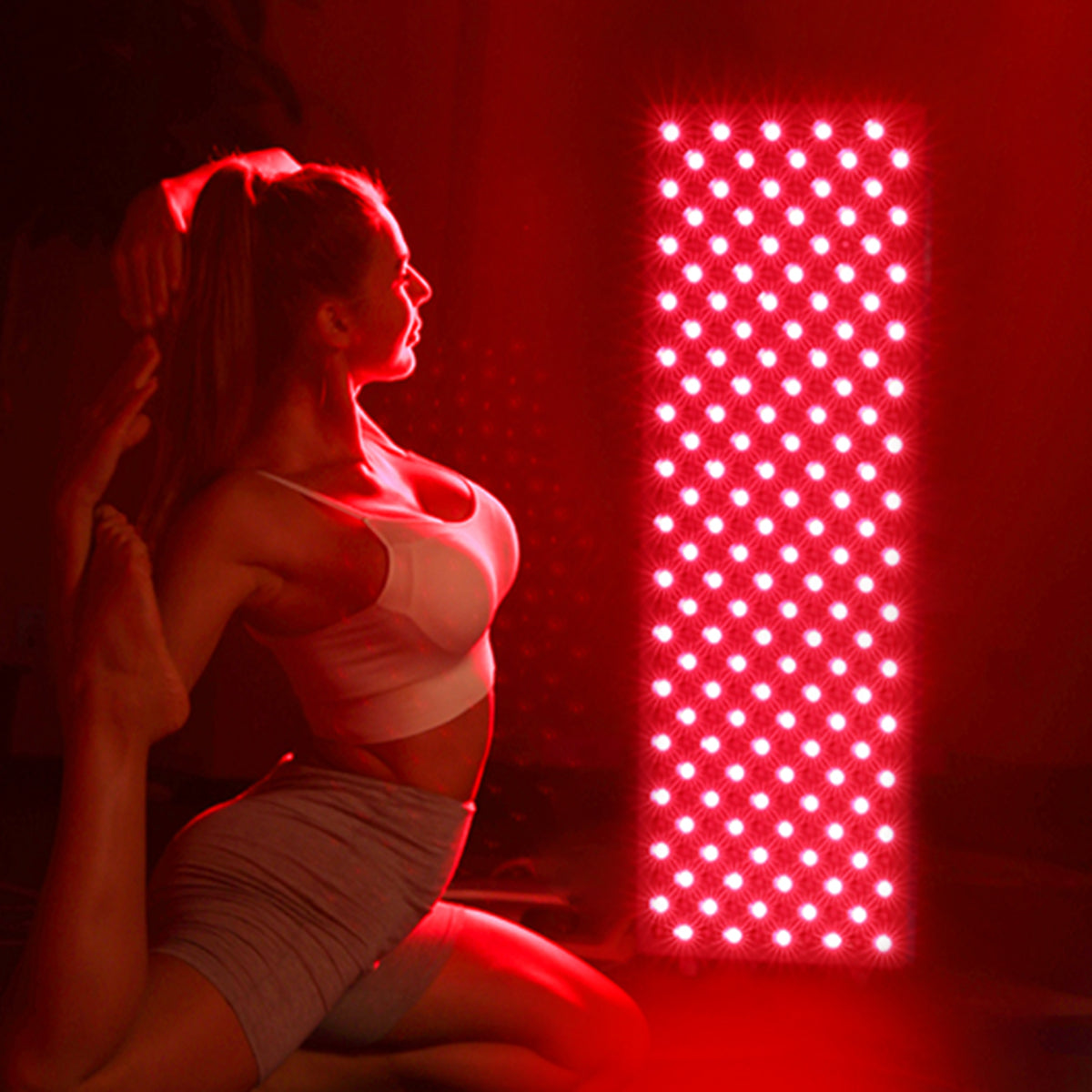
Leave a comment
This site is protected by hCaptcha and the hCaptcha Privacy Policy and Terms of Service apply.